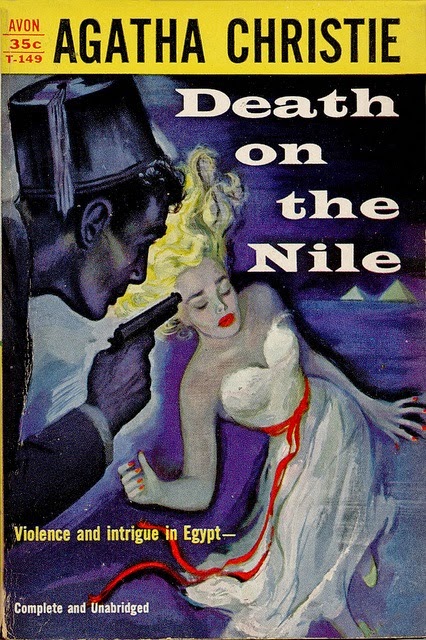John Rhode’s The Claverton Mystery (published in the US as The Claverton Affair) appeared in 1933. It was the fifteenth of the seventy-two Dr Priestley mysteries written by Major Cecil John Charles Street (1884-1965) using the John Rhode pseudonym.
It had been preceded by the very entertaining The Motor Rally Mystery (US title Dr Priestley Lays a Trap) and was followed by the excellent The Venner Crime. Several of the characters in The Claverton Mystery also appear in The Venner Crime.
The Claverton Mystery begins with a visit by Dr Priestley to an old friend, Sir John Claverton, who has fallen ill. They had once been close but since the war they had drifted apart somewhat. An urgent message from Claverton suggested that perhaps all was not well with him and Priestley, feeling slightly guilty for not having made more effort to keep up the friendship, arrives at Claverton’s rather gloomy dwelling. The truth is that Claverton has become just a little eccentric, insisting on remaining at 13 Beaumaris Place even though the neighbourhood has lost much of its former charm. Claverton had, rather unexpectedly, inherited the house and a large fortune some years earlier and he appears to have developed a rather superstitious attachment to the place.
As soon as Priestley arrives it is clear to him that something is not quite right. Claverton has always lived alone so who are these strange people who seem to have taken up residence there? Why is Claverton now reluctant to tell Priestley why he summoned him? And if Claverton’s illness is really not serious (and Dr Oldland assures him that this is the case) why is the doctor clearly much more concerned than a minor illness would warrant?
Claverton’s death deepens the mystery considerably, the post-mortem results coming as a considerable shock to Priestley. Claverton died from natural causes although Priestley is convinced otherwise.
Of course there is a will, which deepens the mystery still further. And Claverton’s relatives give Priestley a very uneasy feeling.
Priestley dislikes forming theories until he feels he has all the facts at his command. If the accumulation of these facts happens to take several months that is no problem - he is a patient man and he is prepared to wait.
Dr Priestley is generally speaking the type of amateur detective who regards his hobby as a stimulating exercise in puzzle-solving, a very satisfying pastime but one that engages the intellect rather than the emotions. This case is quite different. Priestley was genuinely fond of Claverton and his old friend’s death upset him a good deal. The truth is that Priestley is by no means as emotionally cold as his crusty exterior would suggest.
Another respect in which this novel differs from most of the John Rhode mysteries is in the decidedly gothic atmosphere and the hints of the occult. The author does not overdo these elements but they are certainly present.
This novel contains all the features that modern critics tend to disparage in golden age detective fiction. The motive hinges on the provisions of a will and an unbreakable alibi forms an important plot point. The murder method is somewhat unlikely if undeniably ingenious. Events in the distant past play a major rôle. Rhode was an author with no interest in “subverting” the conventions of his chosen genre. While this will not endear him to the postmodernists I personally admire his approach. Telling a good story while remaining strictly within the confines of genre conventions and finding a way to make that story still seem fresh and interesting is something which in my view requires more talent than “subverting” or “transcending” those conventions. And Rhode was a very good story-teller indeed.
The solution to the puzzle involves one element that might seem to be pulled out of a hat but in fact Rhode has been scrupulously fair in providing clues to alert us to the existence of that particular metaphorical hat.
The Claverton Mystery is golden age detective fiction at its best. Immensely enjoyable and highly recommended.






